 Movement Disorders II On-Demand
Movement Disorders II On-Demand
Description
Faculty: Dr. Frederick Carrick
Course Objectives:
The clinical movement disorder phenotypes
Movement disorders are largely individual but they can be grouped into certain phenotypes. This learning module will develop an understanding between the relationships of different presenting movements disorder classifications. The learner will be exposed to tremor, Chorea, myoclonus, hemiballismus, gait disturbances and more
Parkinson’s disease
Parkinson’s disease is becoming ever more common in the presentation at the neurological office. The long-term progression of this disorder necessitates and up to date understanding of the etiology of the disease and how it presents in various formats throughout the lifespan. Targeted intervention and clinical possibilities will be discussed in an evidence-based paradigm of patient care.
The diagnosis, etiology, epidemiology and treatment of tic syndromes
Tics Are commonplace and can be catastrophic for those suffering with this disorder. This knowledge area module will progress with an understanding of primary tic disorders and progress to an understanding of Tourette’s syndrome and secondary tic syndromes. the module will be directed towards diagnosis and treatment using a functional approach to clinical neuroscience.
Credit Hours: This course is part of the 100 hours Movement Disorders program and is worth 25 Credit hours.



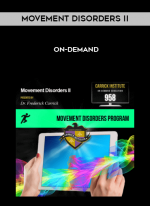

![[Audio Only] EP95 WS36 - Broad Spectrum Treatment of Sexual Dysfunction - Joseph LoPiccolo](https://intellschool.info/wp-content/uploads/2022/02/Bk3vPYzMr02hHCrj4JKW-w-200.jpg)
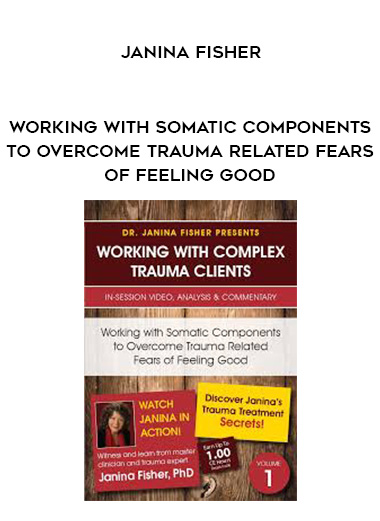

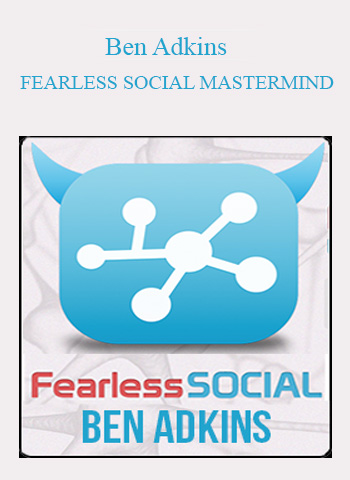

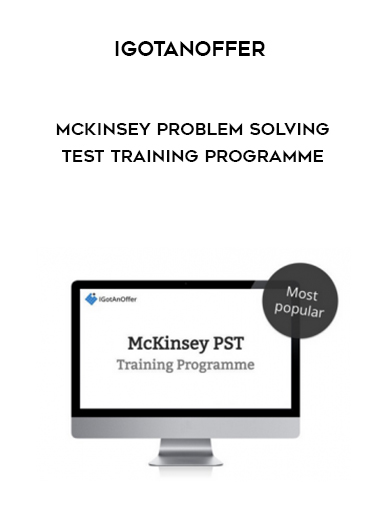


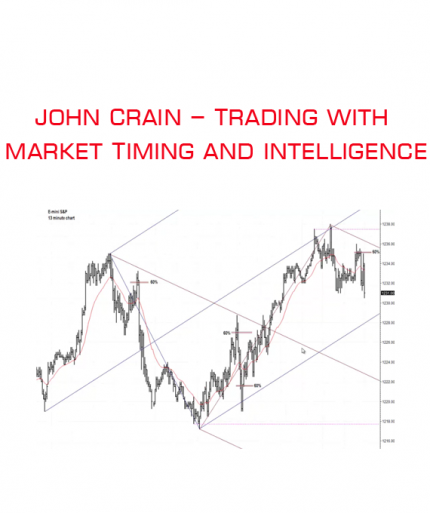



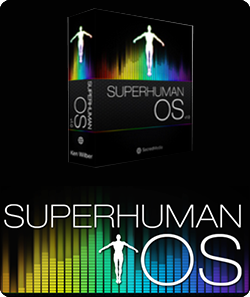








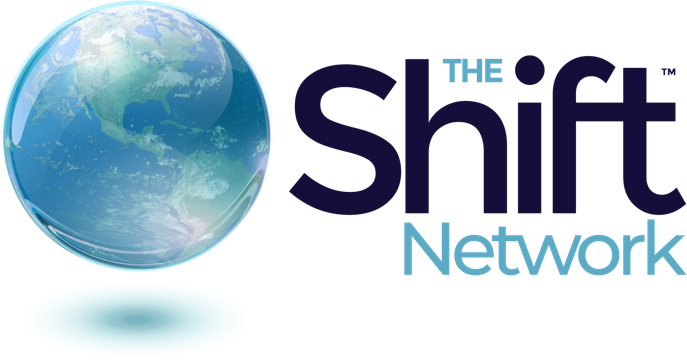







Reviews
There are no reviews yet.